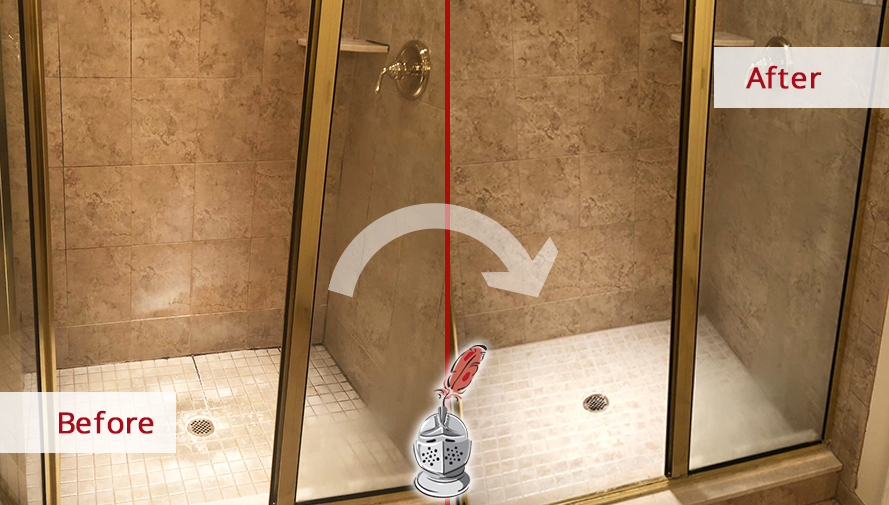Searching for Signs of Water Damage in the Bathroom
Searching for Signs of Water Damage in the Bathroom
Blog Article
Were you on the lookout for ideas concerning How to Fix a Water Damage Bathroom?

The restroom is very at risk for wet buildup and prospective water damages as a result of the constant use of water in it. This article provides basic assessment strategies to aid detecting water damage risks.
The regular use of water in the restroom makes it very prone for wet buildup and also possible water damages. By evaluating it on a regular basis, you can minimize water associated damages.
The complying with set of evaluations is simple to carry out as well as ought to be done as soon as in every 3 months in order to maintain your washroom healthy as well as to avoid prospective water damages triggered by the bathtub, the shower, pipe joints and plumbing, sinks, cabinets, and also the commode
Do not disregard doing these assessments as well as be extensive while doing them. Keep in mind that these simple inspections can conserve you a lot of money by offering early signs for water damages
Tub and Shower
The shower and bath tub need special focus and also maintenance. Inspect the tiles and change if split. Ensure that there is no missing cement in between the tiles. Inspect and also replace cracked caulking at joints where the wall surfaces satisfy the floor or the bath tub. Blocked drains and pipelines problems will stop the tub from drying and also may show severe issues beneath the tub. Speak with a professional promptly to avoid architectural damages. Take note of stainings or soft areas around the bath tub walls as they might suggest an internal leakage.
Plumbing
Signs for water damage are tough to discover since a lot of pipes are mounted inside the wall surfaces.
Pay special focus to flooring and also walls dampness and discolorations as they may show an unnoticeable plumbing trouble. Inspect dampness levels in adjacent rooms also.
Sinks and Cabinets
Sinks as well as closets are subjected to dampness as well as moisture daily as well as are often neglected. Examine regularly under the sink as well as on the kitchen counter above it. Repair any type of drip in the catch as it may recommend drain issues. Check out the sink, slow draining pipelines may show a blocked drain. Change sink seals if they are cracked or loose.
The Commode
The toilet is a susceptible water joint. Examine the water lines and search for leakages around the commode seat, in the hose pipe, as well as under the water container. If you spot any type of indicators of moisture on the floor around the bathroom, look for leakages in the toilet rim as well as container seals.
Know that hanging commode dish deodorants enhances the possibilities for obstructions.
How to Prevent Water Damage in Your Bathroom?
Water damage repair is an expensive, meticulous, and lengthy process. Unfortunately, bathrooms are the most susceptible rooms to water damage due to toilets, showers, and sinks. Pipes and fixtures wear out over time and are not immune to damage. But all is not lost, as there are ways to prevent water damage from occurring in your bathroom.
Check Your Plumbing
Nothing lasts forever, especially pipes, which can rust and begin leaking over time. You should periodically conduct pipe inspections and pay attention for any musty smells or water stains that may indicate you need water damage repair. Here are some things to check:
Frequently test valves for your toilet, shower, and sink to ensure they are properly working. Check faucet supply lines hidden under vanities and replace when needed. Replace cracked or deteriorating caulking along sinks, tubs, and showers. If you notice a clog in your sink, call in a professional. Since you can’t check the pipes in the wall, keep an eye out for stains, drywall bubbling, musty smells, and excess moisture; if the bathroom is on a second level, check the ceiling of the room directly below for these signs. Don’t Overwork Your Toilet
One of the most common reasons bathrooms need water damage repair is due to overflowing toilets. Save yourself the hassle of cleanup by being mindful and not pushing your toilet to extreme limits. If you have young children, it is especially important to keep an eye on them when they are in the bathroom and to teach them how to avoid clogging the toilet. Here are some more tips to help prevent your toilet from overflowing:
If you have a septic tank, only use septic-safe toilet paper Do not flush anything down the toilet besides toilet paper; items like diapers and sanitary napkins will clog the piping Pay attention to your toilet’s water level: If it’s low, it could mean it is partially clogged or that there is a crack in the toilet bowl Maintain Your Shower/Tub
Replace showers or tubs with cracks or other damage; even hairline cracks can allow water to seep in and cause damage. Grout and caulk help prevent water from seeping into walls and floors, so repair them if they are chipped, cracked, or deteriorating. Replace torn shower curtains or shower doors with seals that no longer work. Dry the floor and drain water from the tub immediately after use to prevent damage from sitting water. https://www.alure.com/home-improvements-blog/resources/how-to-prevent-water-damage-in-your-bathroom

I was made aware of that editorial on How to Fix a Water Damage Bathroom through an associate on another web blog. Those who enjoyed our blog entry plz be sure to share it. Many thanks for your time. Visit again soon.
Show Details Report this page